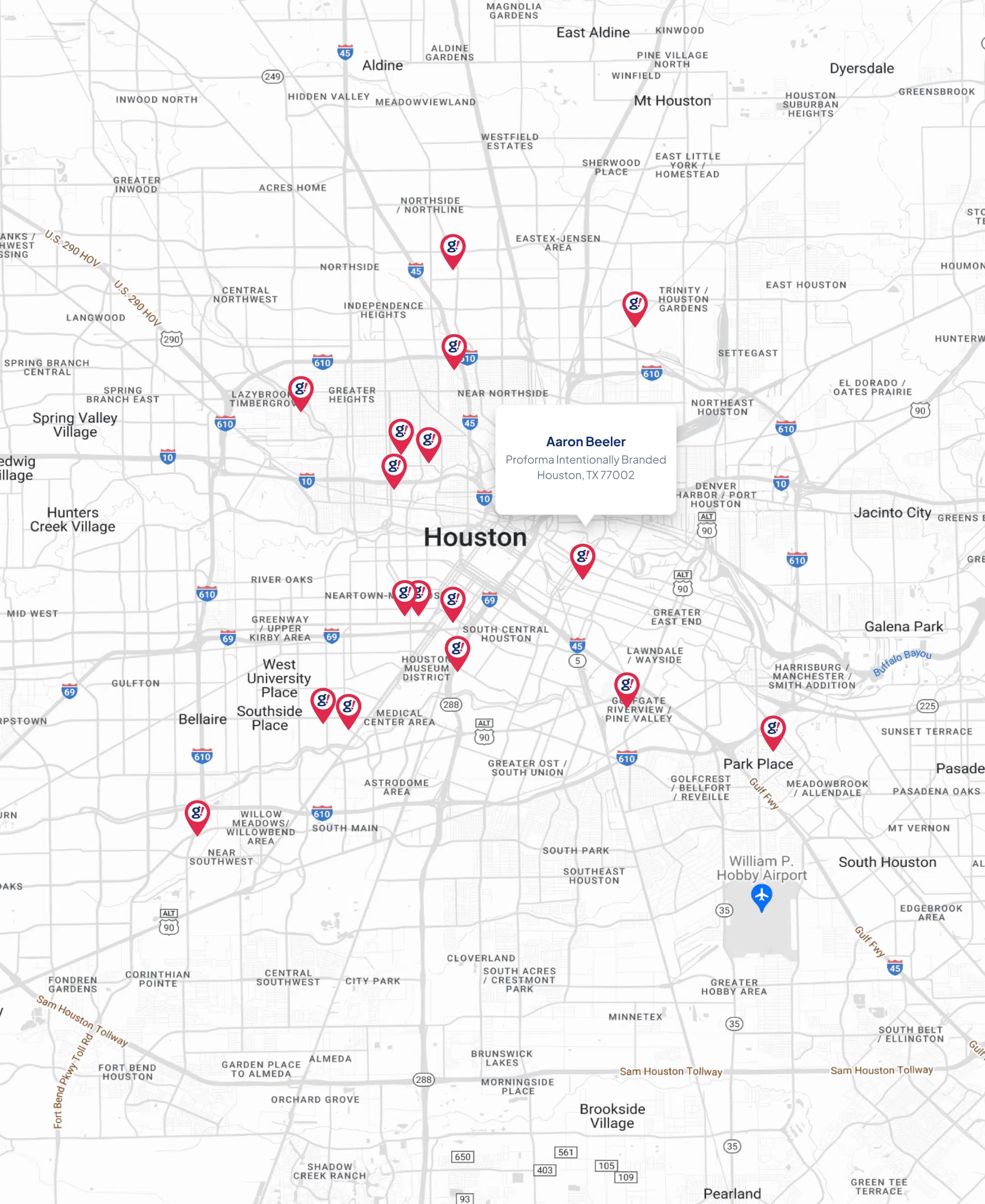6 Tips for Creating an Engaging Email Newsletter - iContact
- Updated on: 2017-06-16
- Read original article here

Regardless of whether you work in the nonprofit sector or run a small business, an email newsletter is one of the most important communication channels you have with your customers and supporters. A regularly scheduled newsletter keeps your audience updated and helps you build a lasting connection with subscribers.
How can you create a newsletter that keeps your audience engaged and delivers the maximum results? Use these six tips to become a newsletter pro.
If you haven’t articulated your newsletter’s goals recently, or you are just starting to plan a new newsletter, it’s important to sit down with your team, establish a list of primary objectives, and prioritize them.
For example, is your main goal to keep your nonprofit’s members, volunteers, and donors updated about your organization’s news and accomplishments? Does your business want to produce a newsletter to focus mainly on product news or updates? Is your newsletter primarily a vehicle to provide relevant internal communications and updates for your employees? Or do you want your newsletter to extend existing marketing efforts and draw subscribers to interact with your brand?
Establishing clear objectives for your newsletter will not only determine scheduling and layout, it also allows you to better target your content.
Whatever the objective (or objectives, there can be more than one), establish a tone or “voice” that complements your other marketing content and is true to your brand identity
The design of your newsletters should be clean, crisp, and easy to read. The reader’s eye should go straight from top to bottom, and it should be scannable for your subscribers who are reading it on a mobile device. Because of this, it’s suggested that you use a single-column layout, which prevents readers from having to scroll horizontally. Also, don’t forget to be responsive so your content will adapt to any screen size.
Download our guide “By Design” for more information and tips on email marketing design.
Whether you are a nonprofit or small business, use visual branding elements like signature colors, fonts, and a unique logo. And be certain these elements are consistent across the board, such as on your website and social channels. Not only does this reinforce your brand’s identity, it also makes you appear more professional and helps readers immediately connect the message to your brand.
Here are a few other essential design tips:
The inboxes of your subscribers are flooded throughout the day. In fact, the Radicati Group expects the average user to receive 140 emails per day by 2018. To help you cut through the clutter, you need to craft a strong and catchy subject line.
The most effective subject lines are short and concise, usually 50 characters or less, and communicate time, urgency, and even a little humor when appropriate.
Personalizing subject lines with a recipient’s first name can also improve open rates. It’s worth testing.
Don’t ever create misleading subject lines. They’ll damage your credibility and eventually lead subscribers to trash your future newsletters, because they’ll consider them little better than spam.
Even if your design is incredible and you have an amazing subject line, it won’t be engaging unless the content is valuable to your subscribers. In short, make sure your newsletters are worth subscribing to in the first place.
You can accomplish that by making sure your content is timely, interesting, and informative. For example, you could reward loyal subscribers by letting them be the first to know about new products and sales, or by giving them access to exclusive discounts and special events.
Segmenting gives you the chance to divide your email subscribers into smaller groups based on factors such as interests, location, activity, and past purchases. When your subscribers are organized, you can send more personalized emails.
In other words, you can send the right message to the right audience. This will not only keep your subscribers engaged, but it increases the likelihood that they’ll read your newsletter regularly.
Make no mistake, timing can be important. But in today’s 24/7mobile world, there are no hard and fast rules. So finding the perfect time to reach your audience might require experimentation and testing.
Use the analytics provided by your email platform (your iContact account delivers great data) to get to know your audience and better understand when they are more likely to open their emails. Use A/B testing to test sending options and analyze the results to make good data-driven decisions for your particular business or organization.



